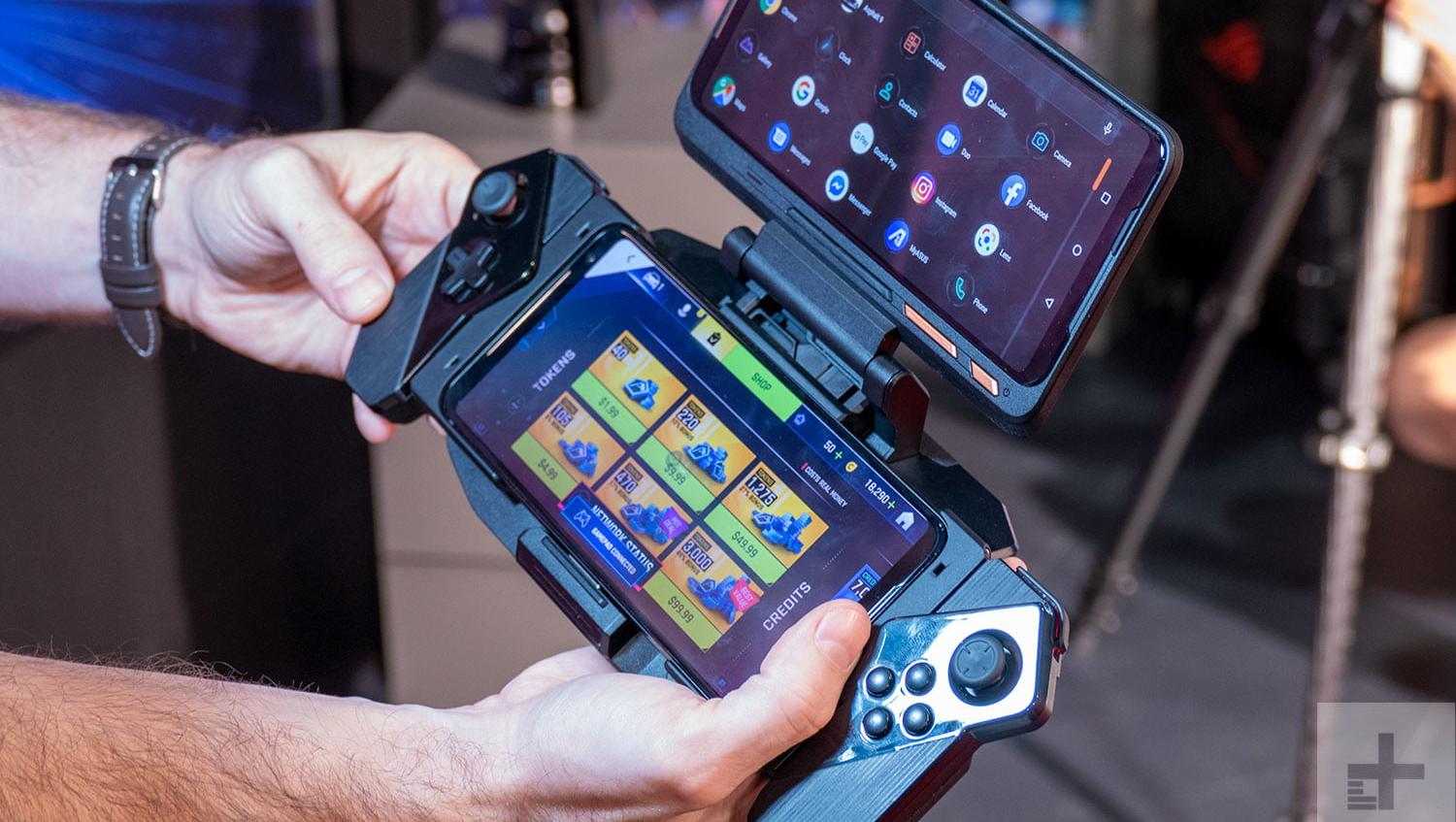
Are mobile esports key to global reach?
Like any tech-based activity, esports reach a certain portion of the global population first.
Those with the best access to the necessary hardware have the advantage in esports. So until now, esports has been dominated by players and teams from developed nations.
At this point in time, we are on the cusp of the next big esports breakthrough – universal accessibility. The key to bringing pro gaming to the masses is mobile. Smartphone ownership is still highest in developed nations, but globally it has risen from around a third to almost half of the world’s population in five years.
With many companies competing to make affordable units that rival the quality of the high-end handsets, consumers of every socioeconomic status now have the opportunity to own a smartphone. Not only that, but because it is such a multi-functional item, even those in less wealthy regions are starting to see smartphones as essential rather than luxury items.
To see just one of the things that your smartphone can do, visit new-casino.ca to find a legit online casino Canada.
Explosion of the scene
It’s not only the hardware that is bringing esports to the masses. 5G is still only commercially available in a few countries, but elsewhere connection speeds and penetration continue to improve. Governments around the world are recognizing the importance of internet access and making strides towards getting everyone connected.
The upshot of this is that previously untapped markets can now purchase and play the mobile versions of games. With no extraneous hardware requirement and digital-only sales, it is no wonder that almost half of the $160 billion digital gaming market is now thanks to mobile users. These factors are paving the way for contenders from emerging economies to get involved.
Opportunities for developing nations
Developing nations are not as digitally disadvantaged as they once were, and this presents an economic opportunity for both individuals and companies. Gamers from countries like India, Turkey, and various Latin American regions can now take part in locally organized tournaments or monetize their gameplay via streaming channels.
Some of these regions are also starting to produce games developers and publishers, such as Turkey’s Fast Free Games and Soner Kara. Indeed, in Turkey there are close to three thousand games developers with content available from Google Play. Indian publishers account for around 3% of global games on the same platform. Games studios from emerging economies tend to monetize their products via ads and in-app purchases, leaving their products free at the point of purchase.
Time to accept mobile as a viable esports platform
A lot of esports purists dismiss mobile as a second-rate platform that can never rival console or PC in a competitive setting. This attitude is looking more and more redundant as mobile tech improves. Not only that, but by insisting that mobile gaming is less valid, it is excluding those for whom mobile is the only way to gain access to the world of esports.
Luckily, more and more people seem to be catching on that mobile gaming can be more than just casual. Modern mobile hardware and more recent games allow for a test of skills every bit as challenging as PC or console.
Rather than seeing mobile as a training ground for more serious esports, it should be viewed as a separate entity. Indeed, in countries like China there are completely different professional leagues for some mobile games which do not intersect with leagues such as those for Overwatch or Dota 2. Mobile esports will only continue to grow as time goes on.
Recommended

MrBeast takes action on Ava controversy, responds to allegations
MrBeast has launched a private probe.

Here’s how to play Marvel Rivals closed beta playtest
How to jump into the Marvel Universe.








